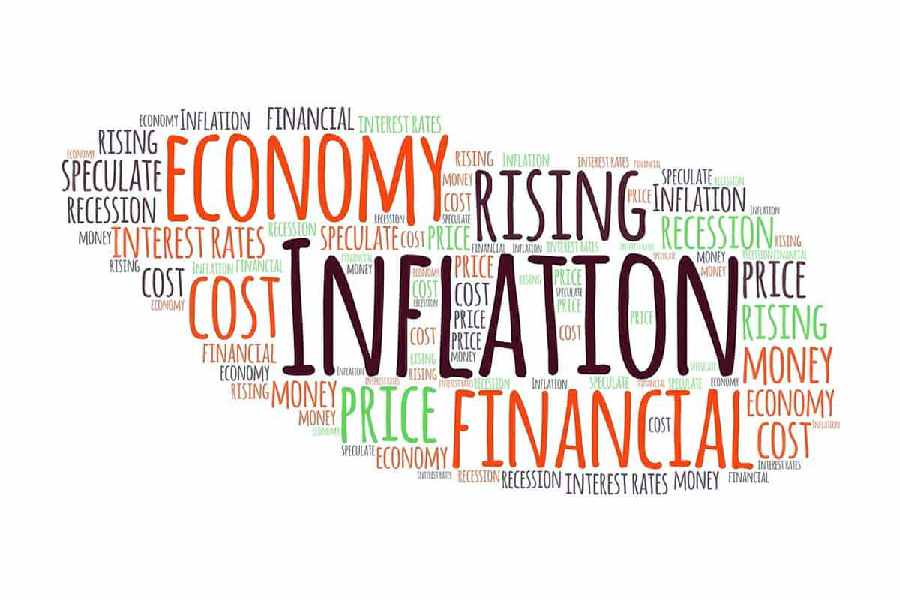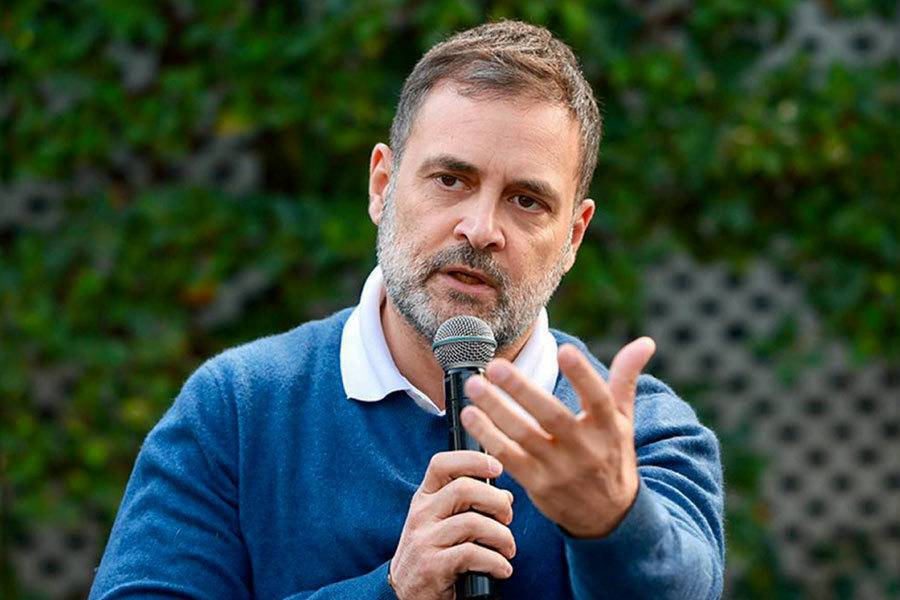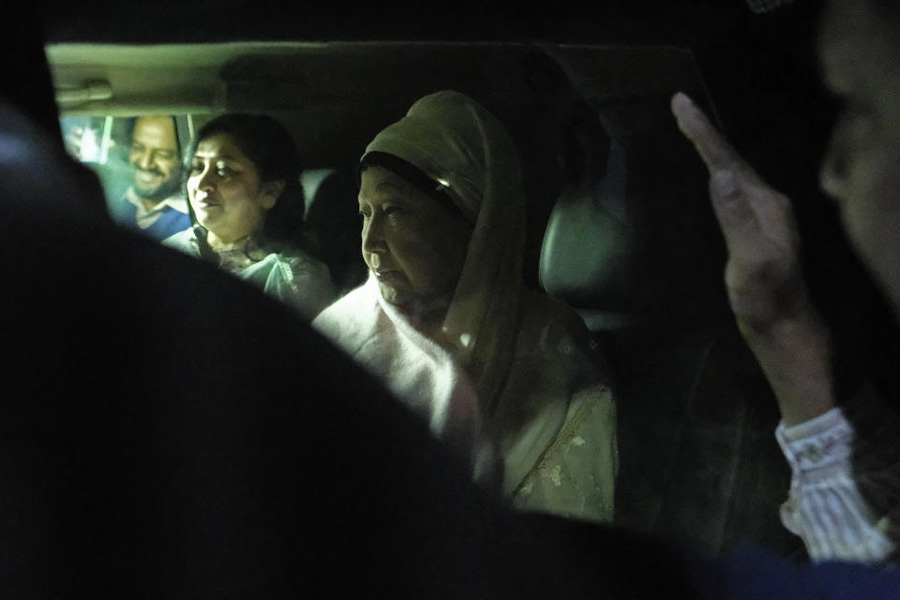The wholesale price inflation surged to 2.37 per cent in December 2024, driven by rising costs in fuel, power, and manufactured goods, according to government data released on Tuesday.
This marked an increase from 1.89 per cent in November and just 0.86 per cent a year earlier, signaling renewed cost pressures in key segments of the economy.
While food inflation eased slightly to 8.47 per cent from 8.63 per cent in November, high vegetable prices continued to bite, with potatoes skyrocketing 93.2 per cent and onions climbing 16.81 per cent. Meanwhile, non-food items such as oilseeds reversed course, posting inflation of 2.46 per cent after a deflationary November.
Fuel and power prices, though still in deflation at -3.79 per cent, showed signs of stabilising from -5.83 per cent the previous month. Manufactured goods inflation edged higher to 2.14 per cent, underpinned by gains in food products, textiles, and electronics.
Rahul Agrawal, senior economist at ICRA, highlighted rising global commodity prices and a weakening rupee as key factors likely to amplify cost pressures. “The Indian crude basket surged 5.8 per cent month-on-month in early January, while the rupee’s slide above 86.5 to the dollar will push up import costs,” Agrawal said.
ICRA projects wholesale inflation could accelerate to 3 per cent in January 2025, fueled by higher crude oil prices, a weaker rupee, and an unfavorable base effect. For FY25, WPI is expected to average 2.5 per cent, with further increases anticipated in FY26.
Retail inflation also softened to a four-month low of 5.22 per cent in December, buoyed by easing food prices. However, analysts warn the respite may be short-lived.
Barclays noted in a research note that a combination of rising electricity prices and slower food price declines drove the December WPI jump, adding, “Global risks, including US sanctions and monetary tightening, remain wild cards.”
The RBI’s next monetary policy decision, due February 7, is now in sharp focus. After easing liquidity in December with a 50-basis-point cut in the cash reserve ratio, the central bank is widely expected to lower interest rates further in 2025 to bolster growth amid external headwinds.











